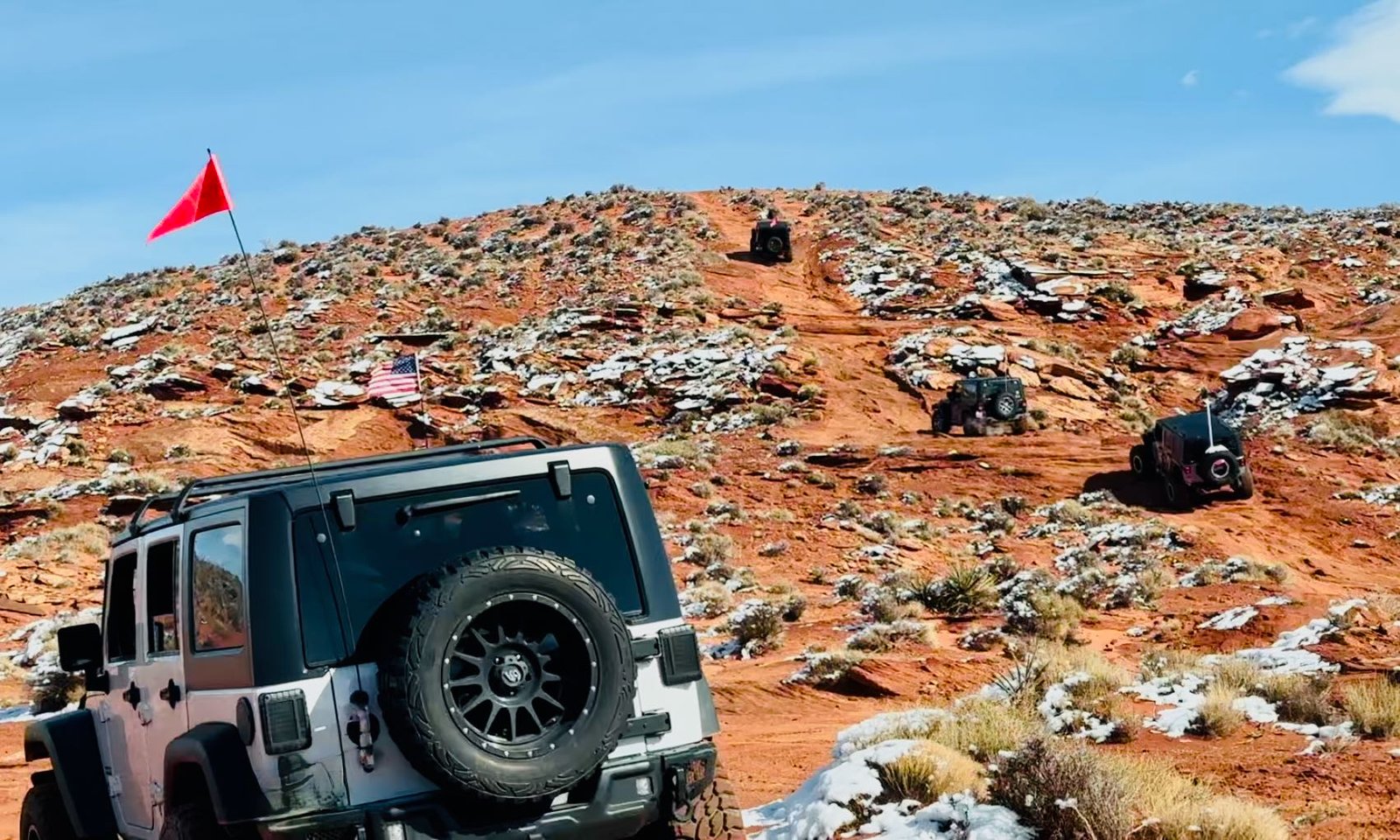Dive into the off-road lifestyle with these 10 essential tips for beginners. Learn how to equip the right gear, and safely enjoy the adventure that awaits.

The off-road world beckons with the promise of adventure and the allure of the great outdoors. Before you hit the trail, familiarize yourself with these top ten tips for off-road beginners:
1. Selecting Your Off-Road Vehicle
When choosing an off-road vehicle, prioritize reliability and durability. As a beginner, you might prefer a used vehicle that’s already been equipped with some off-road modifications to save on initial costs. However, ensure that it’s in good mechanical condition to avoid breakdowns in remote areas. Jeeps, Toyotas, and Land Rovers have models that have proven to be robust choices for novices.
2. Understand Your Off-Road Goals
Reflect on what you want to get out of off-roading. If you’re after high-speed desert racing, you’ll need a different setup than if you’re planning on low-speed rock crawling. Consider the most common types of terrain you plan to tackle and tailor your vehicle’s modifications to those conditions.
3. Research Legal Trails
Trespassing on private property or damaging protected environments can result in heavy fines and closure of trails. Its good practice to research ahead of time and avoid any surprises. Use resources like BLM (Bureau of Land Management) maps in the U.S., the OnX app, or All Trails to find legal places to drive. Websites, apps, and local clubs are invaluable resources for this information.
4. Connect with Fellow Off-Roaders
Building relationships with experienced off-roaders can provide you with a plethora of knowledge and enhance your off-roading experience. They can offer advice on driving techniques, vehicle setup, and local trails. Plus, it’s safer to travel in groups in case you encounter any mechanical issues or tricky situations. Not sure where to find them? Look in local off-road clubs, forums or Jamborees to start. Many organized off-road events have beginner groups where people are always looking to meet new folks who share their passion to run some trails.
5. Invest in a Good Tool Kit
A good tool kit goes beyond wrenches and screwdrivers. Include items specific to your vehicle like tire repair kits, spare fuses, and parts that commonly fail. Zip ties, duct tape, gloves and a shovel are essentials. Also, consider off-road recovery gear such as recovery ropes, a high-lift jack, and a winch if your budget allows. For a list of all the recommended gear, read “The Ultimate Checklist for Off-Roading Gear: Preparing for the Backcountry”.
6. Prioritize Invisible Upgrades
Upgrades like differential lockers can make a substantial difference in your vehicle’s capability by providing better traction. Skid plates protect vital underbody parts like the oil pan and transmission. These modifications might not look as flashy as a lift kit, but they’ll pay off when you’re navigating challenging terrain.
7. Choose the Right Tires
Tires are one of the most important choices for off-roading. Depending on the terrain, you’ll want to choose a tire that provides the best grip and durability. For instance, mud-terrain tires are great for sloppy conditions but may wear faster on the pavement. All-terrains might be a better compromise if you’re using your vehicle as a daily driver too. Find our tire guide here for recommendations for the most common situations.
8. Safety Equipment is a Must
Never skimp on safety. Along with a fire extinguisher, carry a first-aid kit, an emergency beacon or satellite phone, and basic survival supplies. Ensure you and your passengers know how to use all the safety equipment.
9. Learn About Tire Pressure
The concept of airing down your tires for better traction is critical in off-roading. This increases the tire’s footprint, allowing for better grip. However, understanding the limits and having a portable air compressor to reinflate tires when you’re back on hard surfaces is just as important. If you need a quick guide on airing down, we have a great one for you here.
10. Scout Ahead
Whenever you encounter difficult terrain, it’s smart to get out of the vehicle and inspect the challenge ahead. Look for potential hazards and plot your route. Use a spotter—a person who stands outside the vehicle to guide you through tricky sections—to avoid unnecessary damage to your vehicle or the environment.
Adding to these, remember that off-roading can have environmental impacts. Always strive to follow the principles of “Tread Lightly” which includes staying on designated trails, packing out what you pack in, and respecting wildlife and other trail users. For more beginner tips and guides, visit out Noobie’s Nook.

